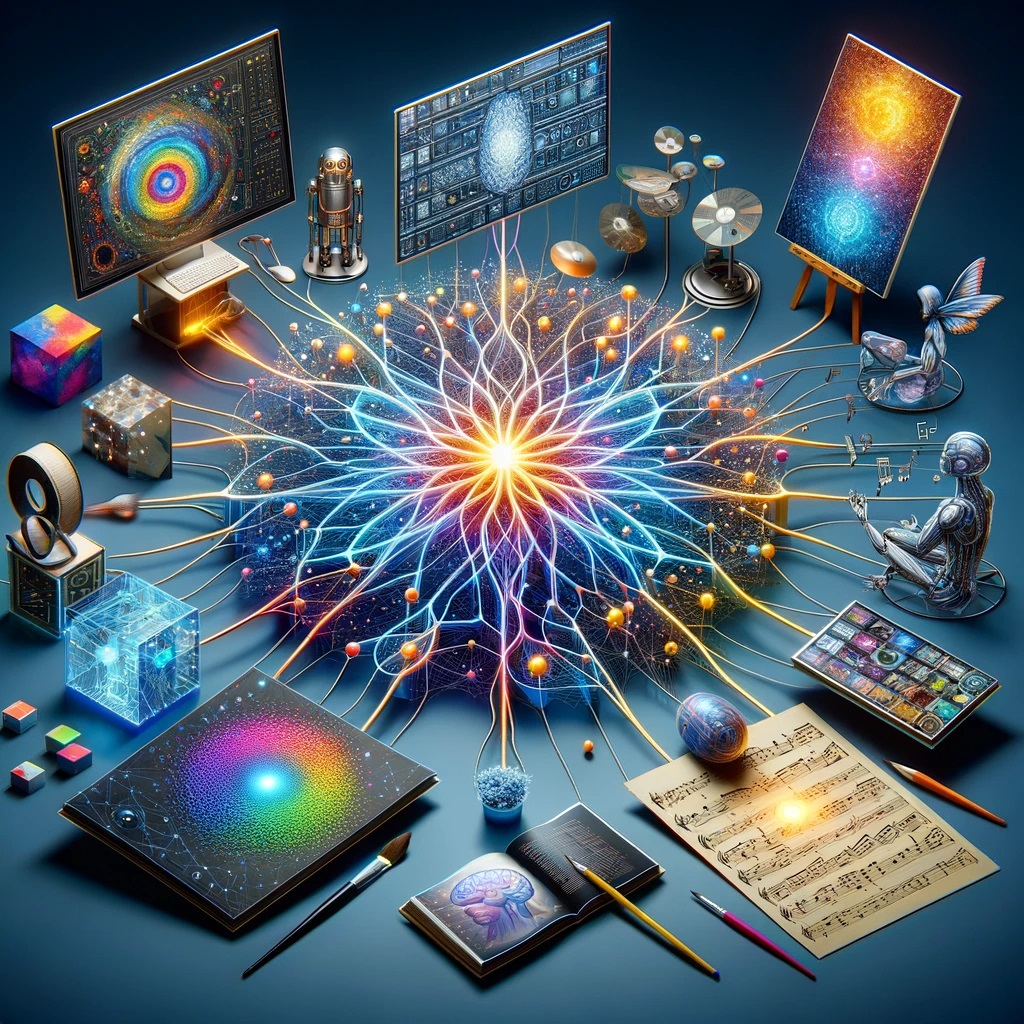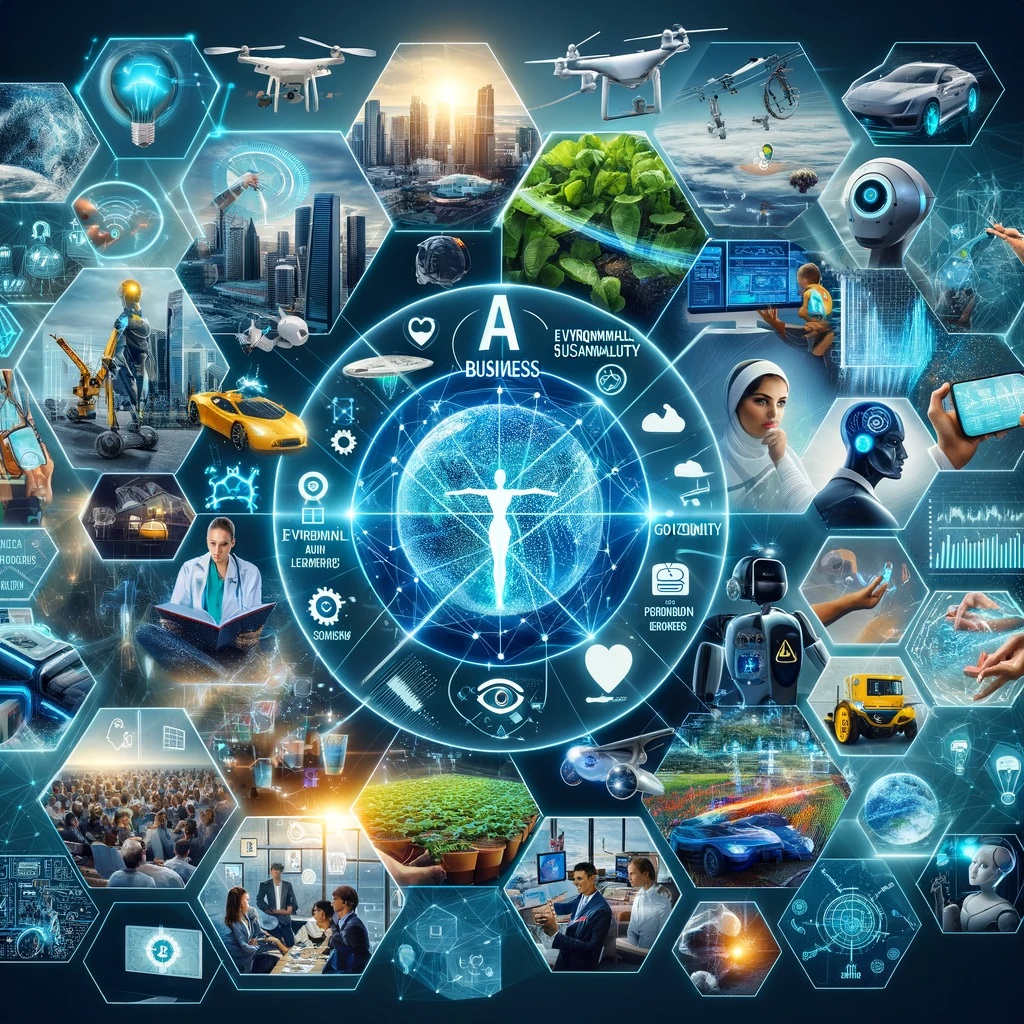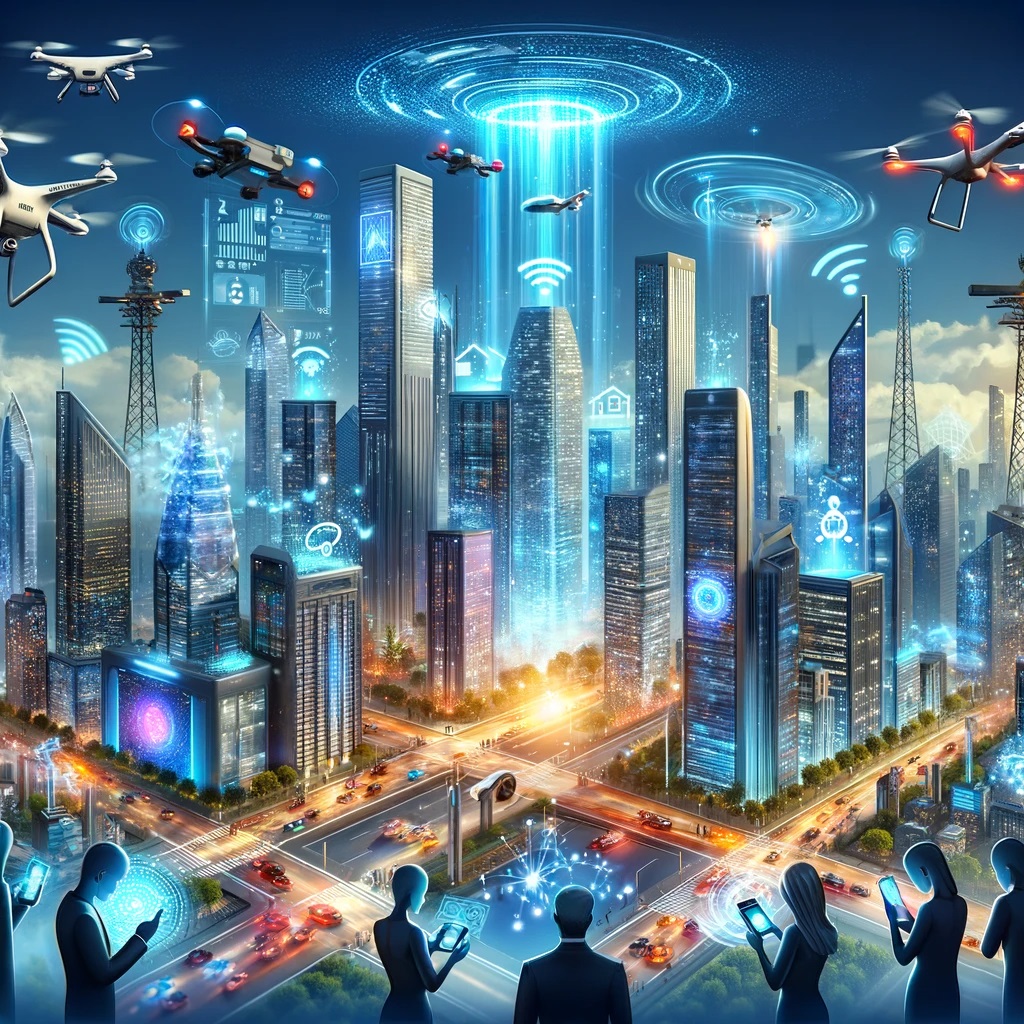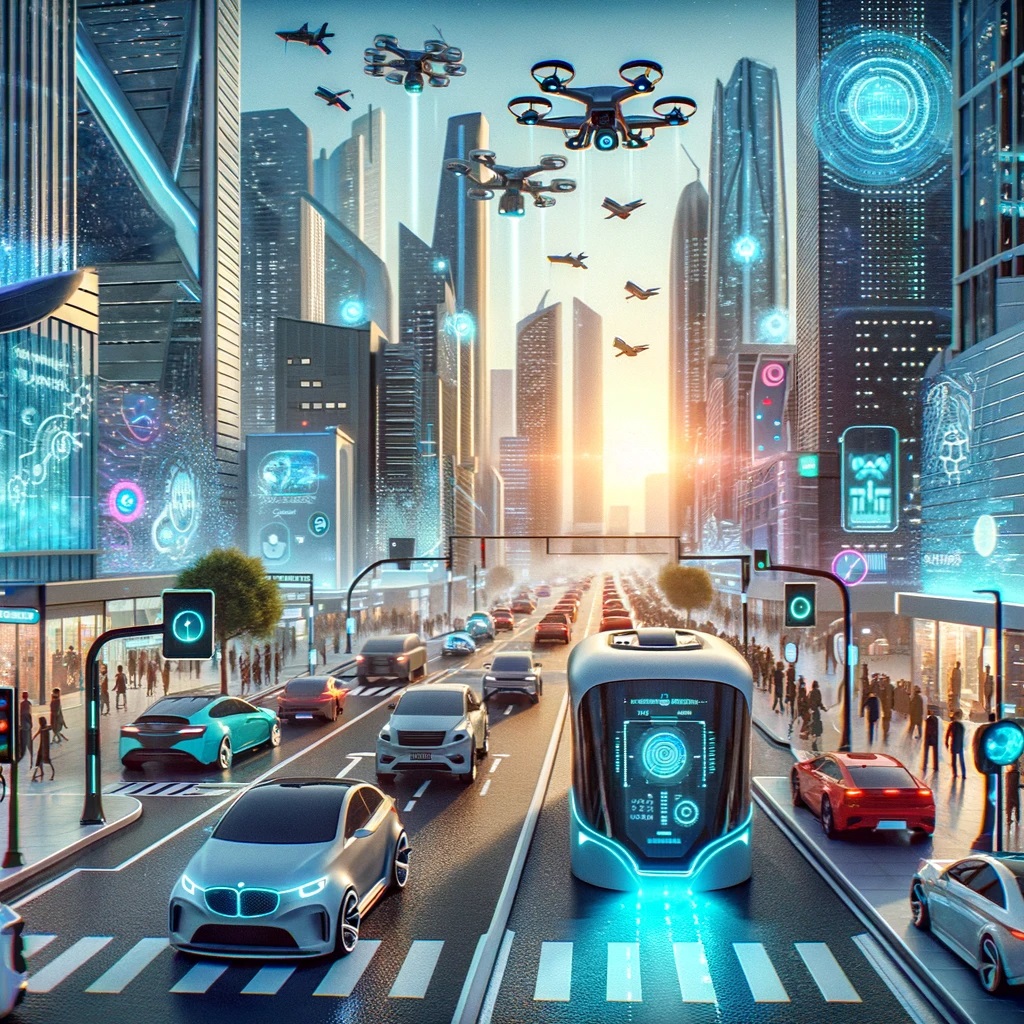In the rapidly evolving world of artificial intelligence, generative AI stands out as a groundbreaking technology that is transforming how machines understand and create new content. We explore the diverse applications of generative AI, spanning from art and music to complex scientific simulations, and address the ethical considerations and challenges it brings.
What is Generative AI?
Generative AI, or generative artificial intelligence, refers to a subset of AI technologies capable of creating new, unique content, including text, images, audio, and video. This technology stands out for its ability to learn from existing datasets and generate outputs that, while entirely new, are often indistinguishable from human-created content. The concept of generative AI is rooted in the idea that machines can not only learn from existing data but also use that learning to create something novel, pushing the boundaries of traditional AI applications.
The core of generative AI lies in advanced machine learning algorithms, particularly neural networks. These networks are trained on large datasets, learning the underlying patterns, structures, and intricacies of the data. Once trained, generative AI models can produce new instances that mirror the original data’s style, tone, or structure in a statistically significant way. The outputs can range from a piece of music that sounds like it was composed by a human to a realistic image of a person who doesn’t exist.
Understanding the Basics of Generative AI
Generative AI refers to a class of artificial intelligence that is capable of creating new content, whether it be images, text, music, or even synthetic data models. At its core, this technology relies on understanding and replicating patterns found in existing data to generate new, original outputs. Unlike traditional AI, which is often used for classification or prediction tasks, generative AI focuses on the production of new, original content that mimics the style, tone, or structure of its training data.
The fundamental mechanism behind generative AI involves machine learning models, particularly neural networks, that are trained on large datasets. These models learn to recognize complex patterns and structures in the data. Once trained, they can then produce new instances that resemble the original data in a statistically significant way. This capability allows generative AI to create realistic and coherent outputs, whether it be writing a poem, composing a piece of music, or designing a new product.
Key Technologies Behind Generative AI
Two of the most prominent technologies powering generative AI are Generative Adversarial Networks (GANs) and Variational Autoencoders (VAEs). GANs consist of two neural networks, the generator and the discriminator, which work in tandem. The generator creates content, and the discriminator evaluates it against real-world examples. This adversarial process ensures that the generated content is increasingly refined and realistic.
VAEs, on the other hand, are used to compress data into a smaller, encoded form and then reconstruct it. This process is key in generating new data instances that maintain the essential characteristics of the original dataset but with unique variations. VAEs are particularly useful in tasks like image generation or feature enhancement.
Deep learning, a subset of machine learning involving deep neural networks, is another crucial technology in generative AI. These networks, which contain many layers of interconnected nodes, are adept at identifying intricate patterns in large and complex datasets, making them ideal for generative tasks.
From Input to Creation in Generative AI
The process of creating with generative AI begins with training the model on a specific dataset. For instance, if the aim is to generate new music, the AI would be trained on a large corpus of musical pieces. During training, the model learns the underlying patterns, structures, and rules inherent in the dataset.
Once the training phase is complete, the generative AI model can start producing new content. The process typically involves feeding the model a seed or a set of parameters as a starting point. Based on this input, the AI then generates content that aligns with the learned patterns but with novel elements. This capability is not just a simple replication of existing data but an intelligent and creative extrapolation of it.
Applications of Generative AI Across Industries
Generative AI’s versatility allows it to find applications in a myriad of industries. In the creative arts, it is used for generating new music, artworks, and literary pieces, often blurring the lines between human and machine creativity. In fashion and design, generative AI aids in creating unique patterns and designs, accelerating the creative process.
Generative AI is used for creating realistic simulations and models, which are invaluable in scenarios like market forecasting and product development. It also plays a significant role in content generation, helping marketers create personalized advertising content at scale.
Ethical Considerations and Challenges in Generative AI
As with any transformative technology, generative AI raises significant ethical questions and challenges. The ability to create realistic content leads to concerns about authenticity and the potential for misuse, such as in creating deepfakes. Ensuring the responsible use of generative AI is paramount, necessitating robust ethical guidelines and regulatory frameworks.
Another challenge lies in bias and fairness. Since generative AI models are trained on existing data, they can inadvertently perpetuate and amplify biases present in that data. Addressing these biases requires careful data curation and model training practices.
Intellectual property rights are also a concern in the realm of generative AI. Determining the ownership of AI-generated content, especially in creative fields, is complex and calls for new legal and ethical considerations.
The Future of Generative AI
Looking forward, the role of generative AI in creativity and innovation is set to expand. As these AI models become more sophisticated, their ability to collaborate with humans in creative processes will likely increase, leading to new forms of art and innovation that were previously unimaginable.
There is also the potential for generative AI to democratize creativity by providing tools and platforms that enable individuals without traditional training to create high-quality content. This democratization could lead to a surge in creativity and innovation, as more people gain access to these powerful tools.







